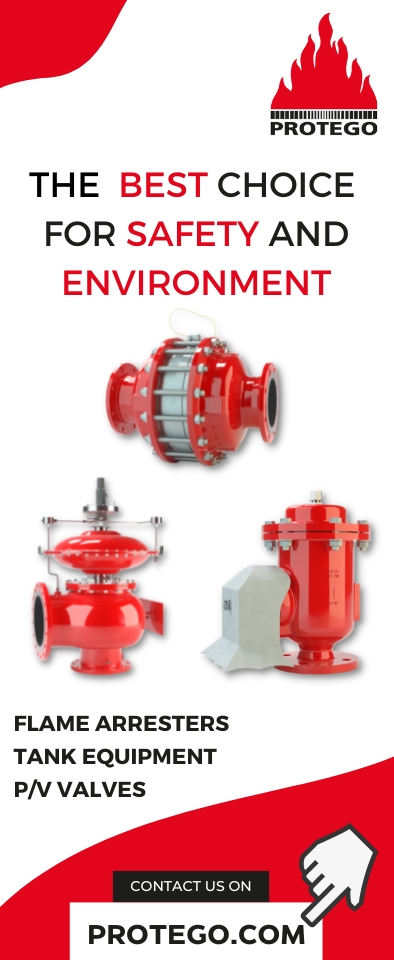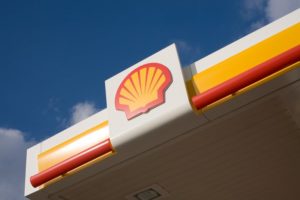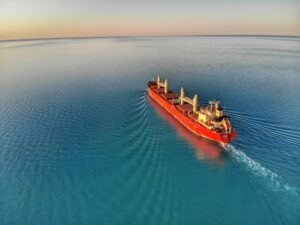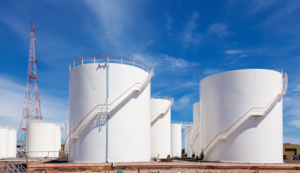Borealis has announced the successful completion of a major upgrade to its steam cracker operations in Stenungsund, Sweden.
 The seven-year construction project is a resounding success with respect to health, safety, and the environment (HSE), with no major accidents and no process safety incidents whatsoever.
The seven-year construction project is a resounding success with respect to health, safety, and the environment (HSE), with no major accidents and no process safety incidents whatsoever.
‘Our very highest priority in the Stenungsund furnace revamp was to achieve a stellar safety record while carrying out a project of this huge size and scope, and we have delivered on this ambition,’ says Wolfram Krenn, Borealis Executive Vice President Operations and Base Chemicals.
This capital investment ensures that the Stenungsund cracker – already one of the most feedstock-flexible in all of Europe – can operate even more reliably, and with greater energy efficiency. As a key supplier of ethylene and propylene to the Stenungsund Chemical Cluster, the OMV Group, and the Borealis Group’s international customers, its enhanced reliability is especially needed to support the rapidly growing wire and cable industry.
‘Our upgraded facility is moving us closer to realising our broader Energy & Climate goals: thanks to the overhaul, the yearly CO2 emission reductions add up to approximately 24,000 tons which is the equivalent to the amount emitted on average by 6,000 European households each year. At Borealis, we are re-inventing the essential building blocks of plastics for more sustainable living,’ says Krenn.
The Stenungsund steam cracker, which has a nameplate capacity of 625 kilotons per year, is a facility that thermally cracks feedstock – such as ethane, naphtha, propane, butane, and liquefied petroleum gas (LPG) – into smaller molecules. Furnaces are the heart of every cracker.
In the Stenungsund revamp, four existing furnaces have now been upgraded and revamped to modern process safety, reliability, and thermal efficiency standards. Three other furnaces will augment their output, while two aging furnaces will be decommissioned and shut down completely at the end of the year. Because scheduled cracker productions continued nearly uninterrupted throughout the construction period, considerable operational restrictions prevailed, for example limited room to maneuver for cranes and other heavy lifting equipment. Each furnace had to be removed, demolished, then rebuilt separately, one after the other.









